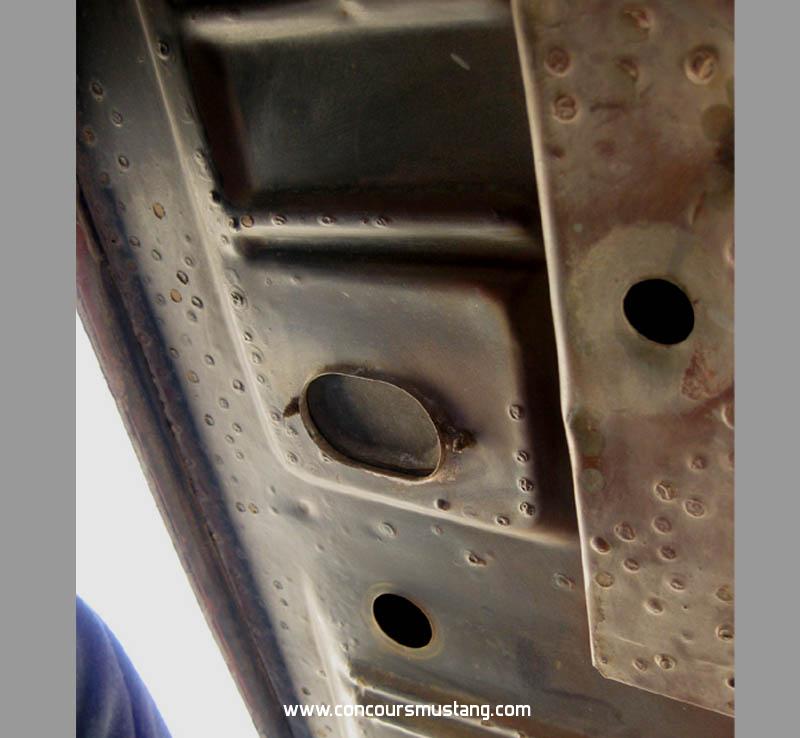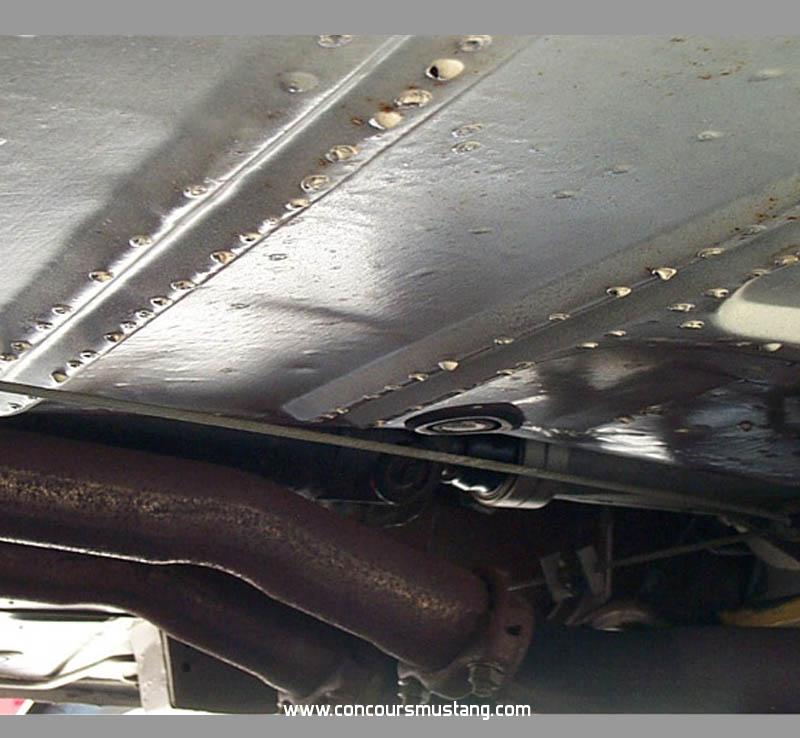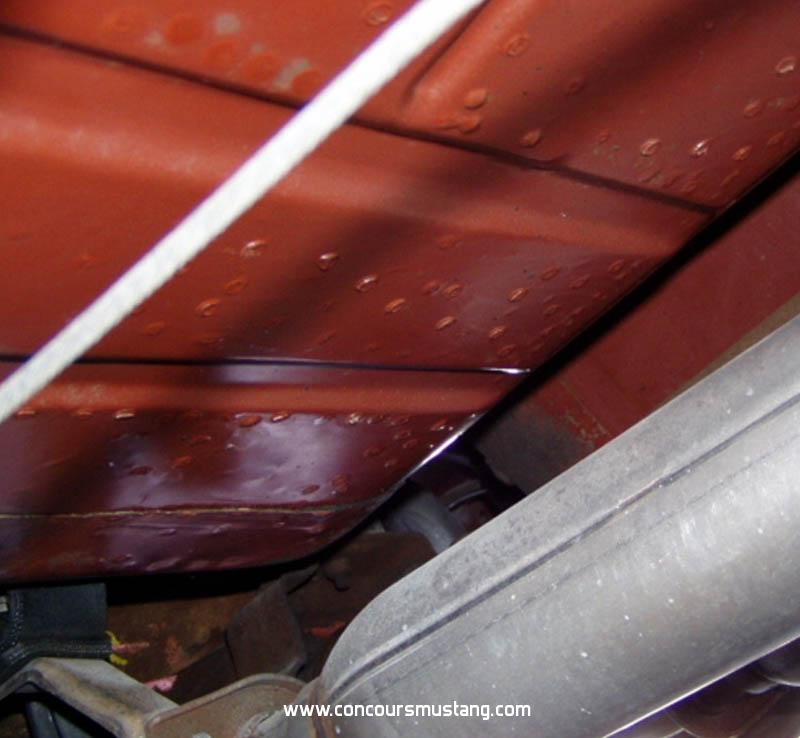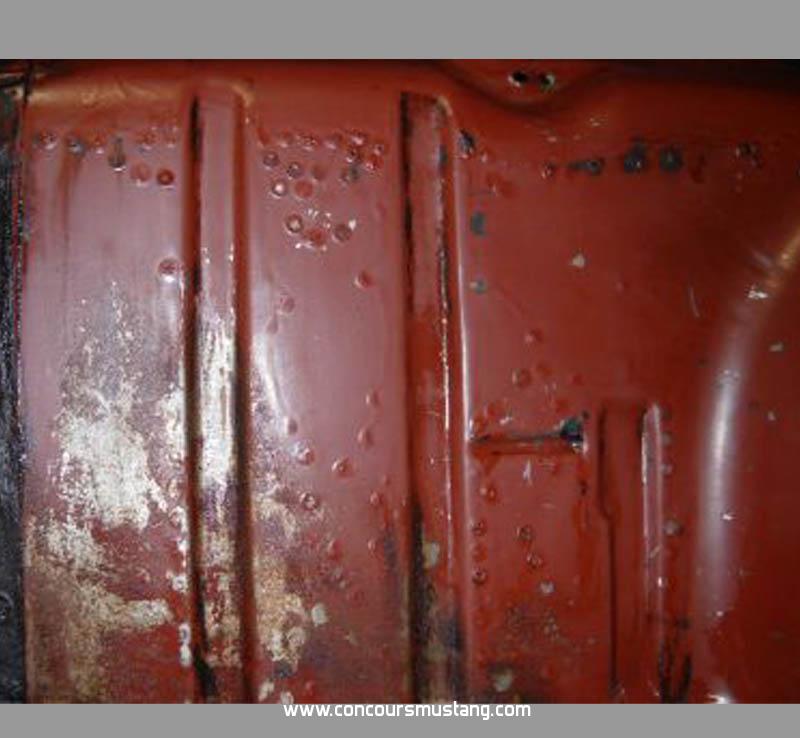For 67 San Jose I'm not convinced that they are popped bubbles or collapsed drips or bubbles. Also not sure how air or fumes could have been produced inside a drip while not producing the same results in runs right next to these things. The reaction of the drips might be a result of exposure to heating lamps where the outer surface dried first then still not completely dry collapsed upward or the body was rolled causing this. IMHO knowing why isn't as important to us as how to reproduce the look on our restored cars though we do continue to try and find out how the process was done when possible.
Looking at San Jose examples I would report that maybe 40% of the drips produced these divots and in those cases 80-90% collapsed rather than what appears to be bursts shown on the 69 Dearborn example you have in the link. When they collapsed they didn't leave bare metal showing but sealed back up leaving often an odd multi-legged (for lack of a better term) pattern in the collapsed drip.
A few 67 San Jose examples - It should be noted that not all cars had as many drips or at the same location the pictures are provided only for discussion of the subject at hand
Passenger side front frame rail and outer floor pan

Typical drips collecting along the low points of the floor pan. In this example the ribs just behind a front seat

The rear floor under the rear seat riser. In this case the ribs are formed upward so the paint collected on the main floor surface here as well as runs on the seat riser panel since it is not perfectly flat

To the far right in the following picture you can see the runs that collected as the rear (under rear seat) flowed into the main floor section

Hope this helps.
And I haven't forgotten about your fastback trap door questions
